Brahmi is also called memory plant or small fat leaf. Many positive effects on our body are ascribed to the South Asian plant, which is why it has found its way from Ayurvedic medicine to us as a superfood.

With Brahmi (Bacopa monnieri) bring a small, but all the more effective plant into your home. With its creeping habit, it does well in hanging tanks, but is also ideal for aquariums. This article will tell you everything you need to know about growing and caring for Bacopa monnieri need to know. Starting with the right location for your Brahmi plant, through cultivation and care to the effect of the small fat leaf.
contents
- Brahmi: origin and characteristics
- Cultivation: location and procedure
- Care of Bacopa monnieri
- Use and effects of Brahmi
Brahmi: origin and characteristics
Brahmi originally comes from Southeast Asia, where it mainly grows in swamps and at the edges of water. The small plant belongs to the plantain family (Plantaginaceae) and is therefore also associated with native species such as the ribwort (
Plantago lanceolata), related. Brahmi is perennial and herbaceous, but needs high temperatures, which is why the plant cannot be overwintered in our home. With a stature height of around 15 cm, Brahmi plants remain rather small throughout their life. Brahmi owes its affectionate nickname Kleines Fettblatt to its small, thick, almost fleshy leaves. Shows under good growing conditions Bacopa monnieri year-round its white to bluish flowers, which give off a delicate and pleasant scent. In this country, however, the small fat leaf usually only blooms from late spring to late summer.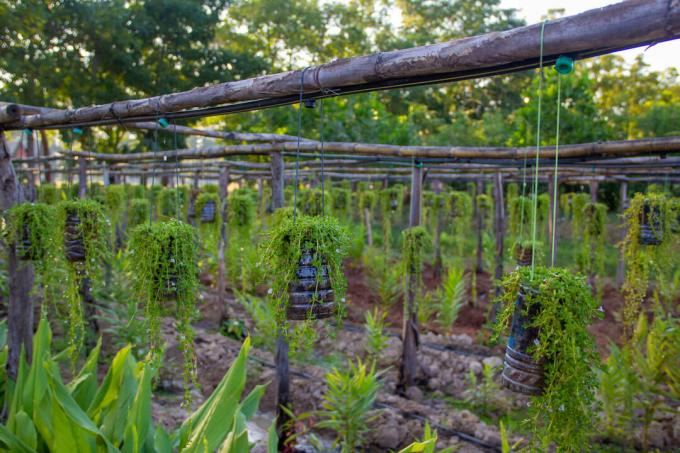
Tip: There are several plants on the market that are sold under the name Brahmi. Don't confuse them Bacopa monnieri for example with the Indian pennywort (Centella asiatica), also called Gotu Kula.
Cultivation: location and procedure
Brahmi plants are used to subtropical to tropical conditions, which should always be kept in mind when choosing a location and maintaining it. Needed for optimal growth Bacopa monnieri a sunny, warm location up to 30 ° C, high humidity and a constantly moist soil. The substrate should be humus and rich in nutrients. If the plant finds suitable conditions, the small fat leaf can even be used in aquariums, where it also forms leaves under water. Between June and August, Brahmi can also thrive in a sunny place outdoors, but care should be taken to ensure that there is sufficient water supply.
Brahmi plants or seeds can be bought in stores. However, propagation via seeds is rather laborious.
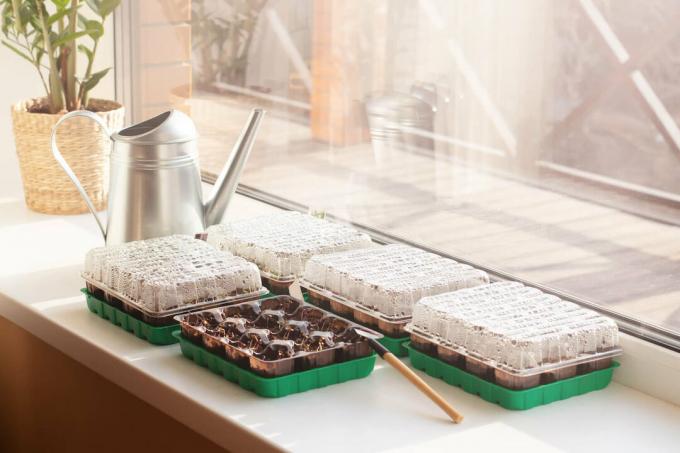
This is how Brahmi is grown from seed:
- Best time to sow: the end of March.
- Cultivation tray with loose, nutrient-poor soil - like ours, for example Plantura organic herb & seed compost - to fill.
- Brahmi is one of the light germs. Therefore, press the seeds only lightly and do not cover them with soil.
- The optimal germination temperature is 25 - 28 ° C. Bottom heat is ideal, for example on a sunny window sill over a radiator. In addition, mini greenhouses are ideal for maintaining high temperatures and humidity.
- Keep the substrate constantly moist, but not dripping wet, for the next few weeks. If the conditions are right, the seeds should germinate within 14 days.
- Prick out the young plants in 8 - 9 cm wide pots, which are filled with high-quality, nutrient-rich potting soil. Our peat-free Plantura organic universal soil is ideally suited for this and at the same time represents a sustainable alternative to conventional soils.
- Keep it warm and moist for the near future.
Is Brahmi hardy? There Bacopa monnieri Does not tolerate temperatures below 15 ° C at all, planting out in the open does not make any sense. Plants that are outside in the summer months should move to a warmer place with high humidity for the winter. The bathroom is perfect for this.
Care of Bacopa monnieri
Since the plant is used to moist locations, regular watering is particularly important when caring for Brahmi. Any day without water is noticeably harming the brahmi plant and it is quite possible that Bacopa monnierican no longer be saved after a few days of drought. Nevertheless, you should not drown your little fat leaf in water and remove excess water from the saucer after watering.
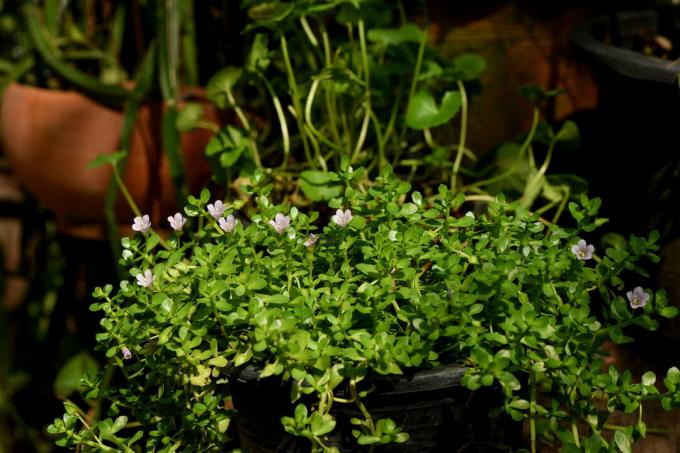
In the year of planting, fertilization can usually be dispensed with, provided that the plant has been placed in a nutrient-rich substrate. From the second year on, the maintenance of your Brahmi plant also includes regular fertilization with a nitrogen-based fertilizer. In the growth phase from around March to September, this should be applied around the Brahmi plant. Our example is well suited for this Plantura organic flower & balcony fertilizer. It contains 5% nitrogen to 4% potassium and consists entirely of natural, vegetable raw materials.
Since Brahmi grows so small, the plant usually does not need to be pruned. However, over the winter it can happen that some shoots die off and turn brown. These can then be removed with a clear conscience. In addition, the plant can be stimulated to bushy growth by moderately pruning around February.
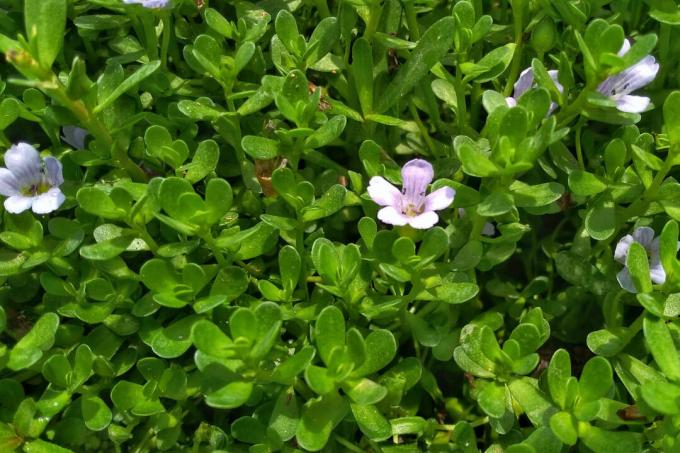
Brahmi care at a glance
- Water regularly and keep the soil constantly moist.
- From the second year of growth, fertilize with nitrogen emphasis during the growth period.
- If necessary, prune moderately in February.
Use and effects of Brahmi
Above all, the leaves of the small fat leaf are harvested and used. They can be plucked all year round. In small quantities they are added raw to salads, used for dips and herb butter or brewed with hot water to make tea. Alternatively, you can also cut short shoots, which usually leads to better branching of the plants. In winter, however, you should take care of your Brahmi plant, as it is impaired by a lack of light, dry heating air and cooler temperatures.
Caution: If you use too much of the healthy herb, its bitter taste quickly comes to the fore. In addition, an overdose can cause harmful side effects, such as the breakdown of red blood cells. If you want to take the herb safely over a longer period of time, you should make sure not to drink more than two to three cups of tea with brahmi leaves a day. Also during pregnancy or with certain diseases such as thyroid or lung diseases you should definitely discuss the intake with your doctor.
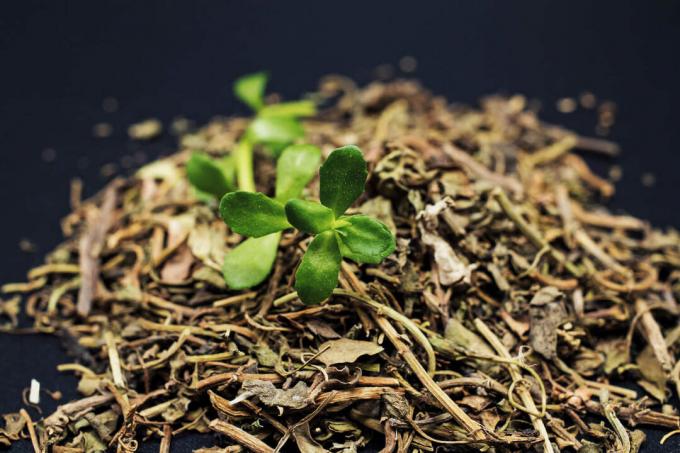
The effects of Bacopa monnieri are diverse. Brahmi is said to help with depression, light sleep disorders, high blood pressure or water retention and Brahmi can also allegedly have a soothing effect on skin problems. The plant has recently become famous for its effect on our cognitive abilities, which is why Brahmi is also known as a memory plant. Meanwhile is Bacopa monnieri also found in some hair care products. Manufacturers advertise that the Brahmi plant has a positive effect on the hair and, for example, should prevent split ends and strengthen the hair roots. Not all effects of the small fat leaf have been proven by scientifically representative studies to be safe however, the improvement in memory is seen after regular and long-term use of Brahmi. Nevertheless, many other factors, such as diet and lifestyle, also play a role here.
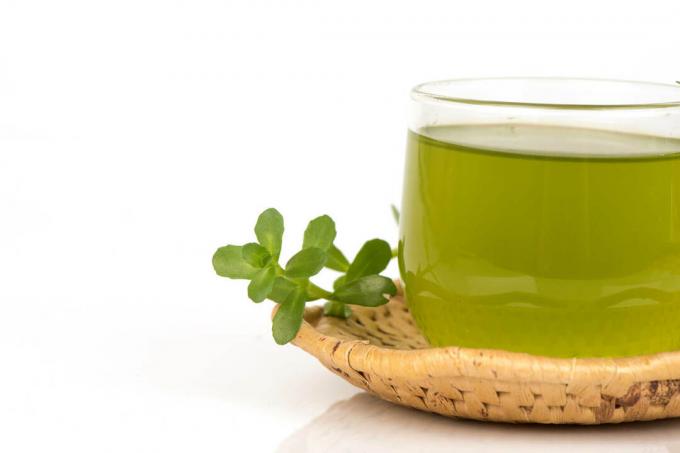
In case you're looking for more fancy, but still easy-care houseplants you will definitely find what you are looking for in our article.

